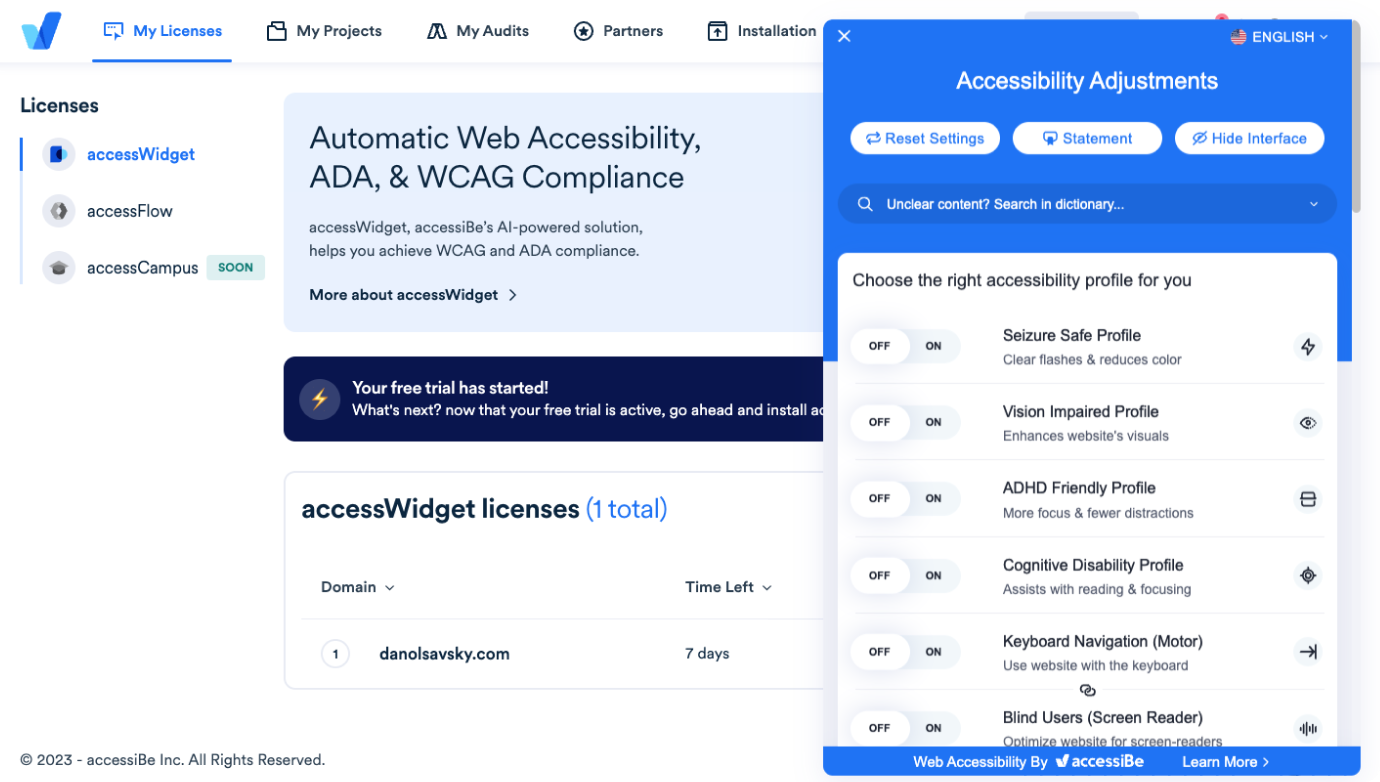Artificial Intelligence • August 16th, 2023
In the digital age, inclusivity and accessibility are not mere buzzwords; they are fundamental principles that shape the way we interact with technology. In this article, we embark on a journey through the transformative landscape of accessibility and inclusivity in design, with a spotlight on how Artificial Intelligence (AI) technologies are revolutionizing the creation of products that cater to a broader audience. From AI-driven screen readers to voice interfaces and captioning tools, we explore how AI is breaking down barriers and making the digital world a more inclusive place for everyone.
The Imperative of Accessibility and Inclusivity
Accessibility and inclusivity in design mean ensuring that digital products and services can be used by as many people as possible, regardless of their abilities or disabilities. It’s about creating a level playing field where technology is an enabler, not a hindrance. With an aging population and an increasingly diverse user base, the importance of accessibility and inclusivity has never been greater.
The AI-Powered Revolution
Artificial Intelligence has emerged as a powerful catalyst for change in the quest for accessibility and inclusivity. AI technologies can understand, adapt, and respond to the unique needs of individual users, making it possible to create highly tailored and accessible experiences.

The AI-powered app Visily can generate design prototypes in seconds.
AI-Driven Screen Readers
Screen readers have long been essential tools for individuals with visual impairments. AI-powered screen readers take this concept to new heights by using advanced image recognition and natural language processing to provide more context-rich descriptions of on-screen content. These AI-driven solutions can “read” not only text but also describe images, charts, and even the layout of web pages, making digital content more accessible to users who rely on screen readers.
Voice Interfaces: Conversational Accessibility
Voice interfaces have become ubiquitous, with virtual assistants like Siri and Alexa leading the way. For users with mobility impairments or those who prefer voice interaction, AI-driven voice interfaces provide a lifeline. These interfaces leverage AI’s natural language processing capabilities to understand spoken commands and questions, opening up a world of possibilities for controlling devices, searching the web, and accessing information.
Captioning Tools: Bridging Communication Gaps
Captioning tools have traditionally been associated with making multimedia content more accessible to the deaf and hard of hearing. AI-powered captioning takes this a step further by providing real-time, highly accurate captions for live events, video calls, and recorded content. AI-driven captioning adapts to different accents, languages, and background noise, ensuring that communication remains clear and inclusive.
Beyond the Traditional
AI’s impact on accessibility and inclusivity goes beyond traditional solutions. It extends to areas like:
- Emotion Recognition: AI can analyze facial expressions and voice tones to identify emotions, benefiting users with autism or those who struggle with emotional cues.
- Autonomous Vehicles: AI-powered self-driving cars have the potential to provide newfound independence for individuals with mobility impairments.
- Language Translation: AI-driven translation tools facilitate communication among users who speak different languages, breaking down language barriers.
Challenges and Ethical Considerations
As AI drives progress in accessibility and inclusivity, it also presents challenges and ethical considerations:
- Data Privacy: Collecting and analyzing user data for AI-driven accessibility tools must be done with the utmost consideration for privacy and consent.
- Bias and Fairness: Ensuring that AI systems do not inadvertently perpetuate bias and discrimination is an ongoing challenge.
- Universal Design: Balancing the benefits of tailored AI-driven accessibility with the need for universal design principles that benefit all users requires careful consideration.
The Future of Accessibility and Inclusivity
As AI technologies continue to advance, the future holds immense promise for accessibility and inclusivity. We can envision:
- AI-Personalized Accessibility: AI will provide personalized accessibility settings for users, tailoring interfaces to individual needs in real-time.
- Seamless Multimodal Interfaces: Users will seamlessly switch between voice, touch, and gesture interfaces, creating a more fluid and inclusive user experience.
- Global Inclusivity: AI-driven language translation, universal design principles, and accessible content will make the digital world truly global and inclusive.
Conclusion
AI is reshaping the landscape of accessibility and inclusivity, offering innovative solutions that empower individuals with disabilities and enhance the experiences of all users. From AI-driven screen readers to voice interfaces and captioning tools, AI is breaking down barriers and creating a more inclusive digital world. As we navigate the future, the collaboration between AI and design will be instrumental in ensuring that technology serves as a bridge to inclusivity rather than a barrier.
If you enjoyed reading this article, please share it with a colleague or friend, and join me next week to learn about Natural Language Processing in UX.



